Bio
 Greetings, I’m Kendall—an accomplished Robotics Engineer and seasoned software developer. My expertise lies in Python, C++, Machine Learning, and precision motion control. Over a span of 15 years, I’ve spearheaded the development of cutting-edge products in both the Space and Oil and Gas Industries. Driven by a fervor for technology and its potential to enhance lives, I channel my passion into crafting code that is not only swift and efficient but also robust and crystal clear. Exploring the intricacies of data manipulation brings me immense satisfaction, and I find joy in navigating through various types of data challenges. Thriving on complexity, I actively engage in solving intricate problems, seeking solutions that demand a profound understanding and a touch of creativity. Furthermore, my affinity for algorithms reflects my enthusiasm for unraveling their complexities and leveraging their power to enhance problem-solving approaches. During my 9-year military tenure, I honed discipline and acquired invaluable insights into leadership, teamwork, and project management. Throughout my professional journey, my central emphasis has been on cultivating problem-solving as my standout skill. Drawing from my experiences, I often reference a version of the Engineering Problem Solving process that I first encountered during my college years.
Approach to Problem Solving:
Greetings, I’m Kendall—an accomplished Robotics Engineer and seasoned software developer. My expertise lies in Python, C++, Machine Learning, and precision motion control. Over a span of 15 years, I’ve spearheaded the development of cutting-edge products in both the Space and Oil and Gas Industries. Driven by a fervor for technology and its potential to enhance lives, I channel my passion into crafting code that is not only swift and efficient but also robust and crystal clear. Exploring the intricacies of data manipulation brings me immense satisfaction, and I find joy in navigating through various types of data challenges. Thriving on complexity, I actively engage in solving intricate problems, seeking solutions that demand a profound understanding and a touch of creativity. Furthermore, my affinity for algorithms reflects my enthusiasm for unraveling their complexities and leveraging their power to enhance problem-solving approaches. During my 9-year military tenure, I honed discipline and acquired invaluable insights into leadership, teamwork, and project management. Throughout my professional journey, my central emphasis has been on cultivating problem-solving as my standout skill. Drawing from my experiences, I often reference a version of the Engineering Problem Solving process that I first encountered during my college years.
Approach to Problem Solving:
- Define the problem
- List possible solutions
- Evaluate and rank the possible solutions
- Develop a detailed plan for the most attractive solution
- Re-evaluate the plan to check desirability
- Implement the plan
- Check the results
Oil and Gas
Mudboss
I started my career in automation with a mudlogging company, where I undertook the task of automating the drilling fluid system on a land rig. Traditionally, the properties of drilling fluid are manually overseen by Mud Engineers, with chemicals manually introduced to adjust these properties. To enhance efficiency, I conceived and implemented an in-line system capable of real-time measurement of viscosity, pH, density, conductivity, and temperature. A significant challenge in this process lies in the inherently destructive nature of drilling fluid. Despite this challenge, accurate measurement is imperative as drilling fluid plays a pivotal role in the drilling process and stands as one of its most expensive components.
The purpose of drilling fluid:
- aid formation stability and productivity
- clean the bottom of the hole
- lift formation cuttings to the surface
- suspend cuttings while circulation is stopped
- cool the bit
- control subsurface pressure
- lubricate the drill string and assist in its corrosion control
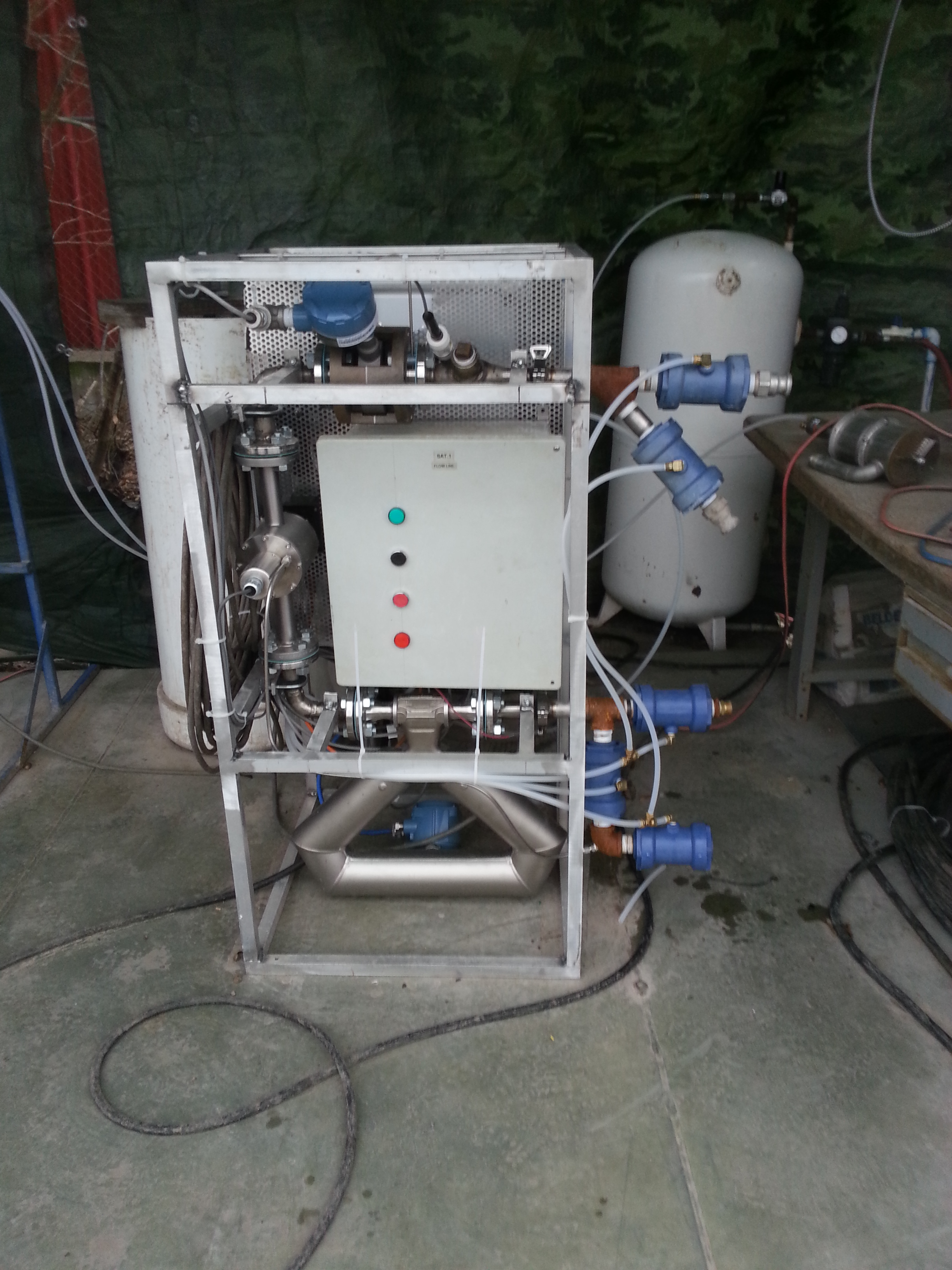
Mudboss utilized a persitaltic pump, a coriolis meter, an inline viscometer and a self-cleaning system utilizing pinch valves. The destructive nature of drilling fluid was taken into consideration for every component.
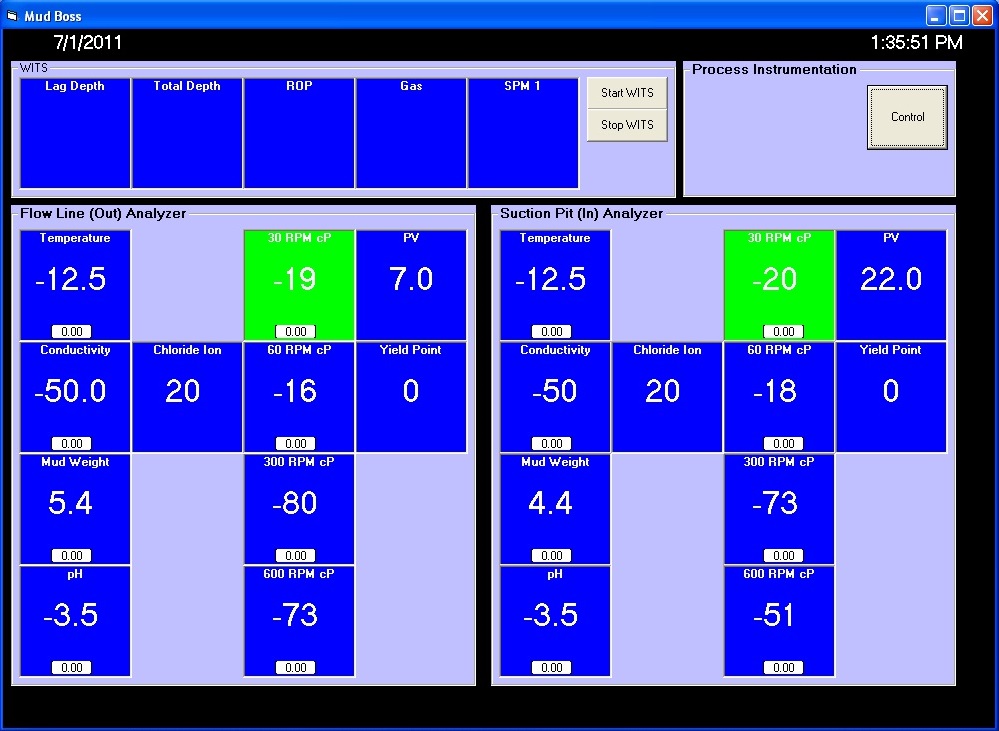
The GUI was written in Visual Basic 6 and used MS Excel for logging and analyzing data. The code was later re-written in Java with an MS Access database.
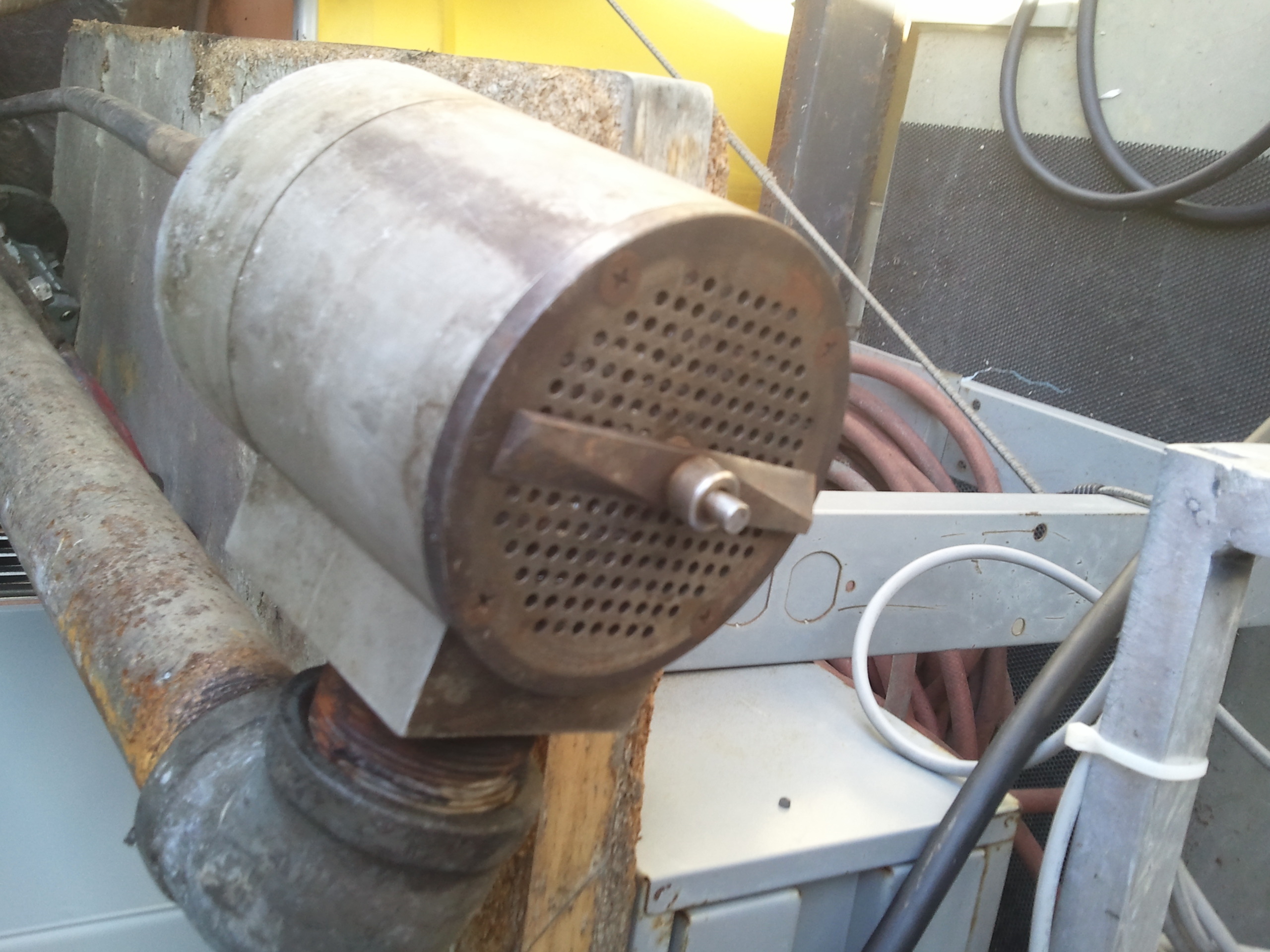 An active filter of my own design consisted of a tungsten carbide plate and rotating blade to remove cuttings and avoid damaging the system. Without the filter, the system would clog instantly.
An active filter of my own design consisted of a tungsten carbide plate and rotating blade to remove cuttings and avoid damaging the system. Without the filter, the system would clog instantly.
Drilling Rig Automation
In 2017, upon completing my BS in Controls and Instrumentation Engineering Technology, I joined Nabors Industries with the mission to automate a land drilling rig. As part of a dynamic team, we innovated a 90-foot robotic arm featuring both electric and hydraulic axes. This sophisticated arm played a pivotal role in the drilling process, expertly handling the movement of drill pipe and tools. Its capabilities included efficiently picking up drill pipe from the catwalk, storing it in the fingerboard, and seamlessly retrieving it for connections using an automated wrench. To achieve comprehensive automation, we applied additional sensors and feedback controls to streamline supporting equipment like the mousehole, fingerboard, catwalk, wrench, and top-drive.
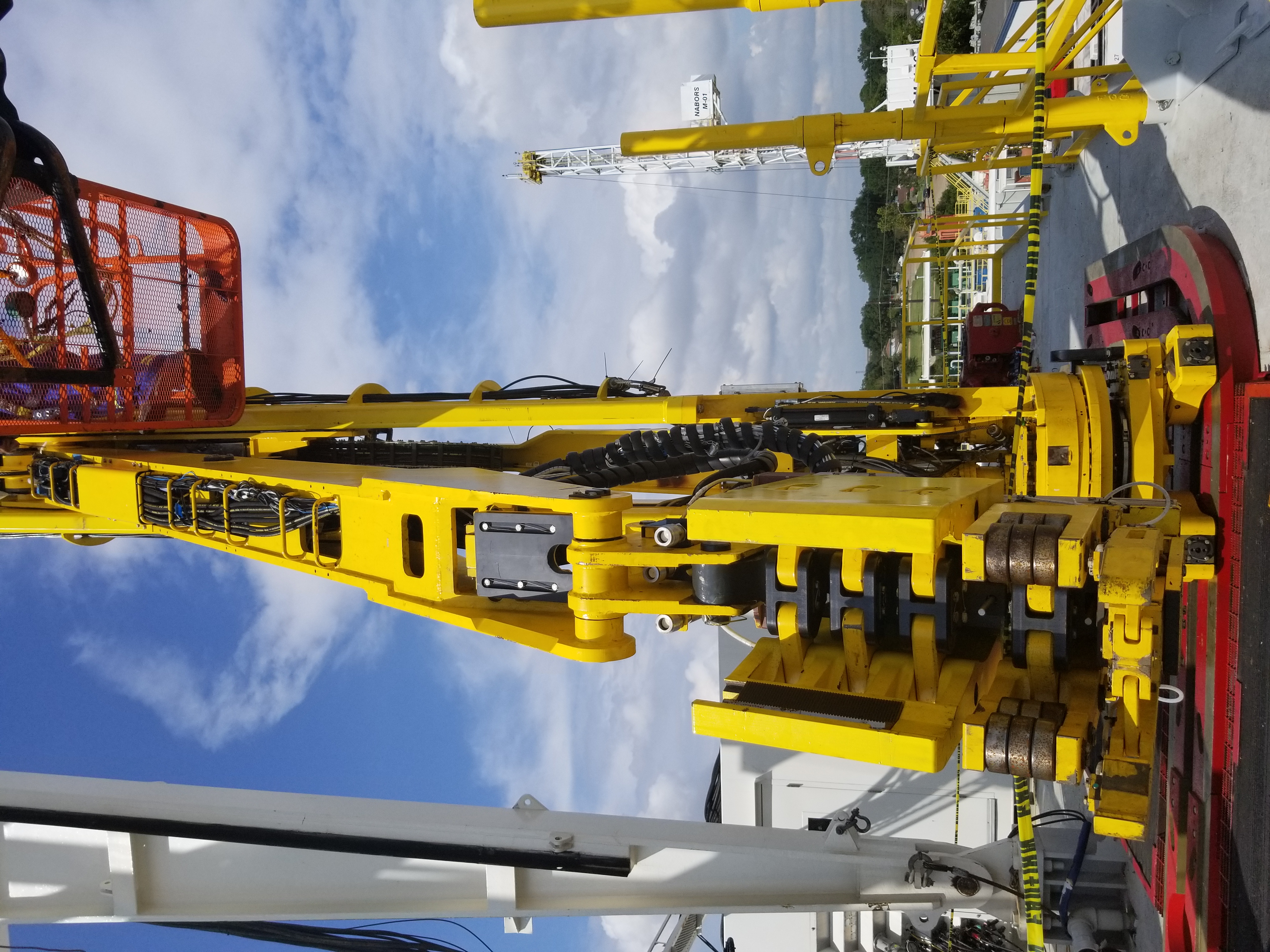
The mulit-function arm was a smaller robotic arm, used for supporting operations such as greasing joints and catching drilling fluid when breaking connections.
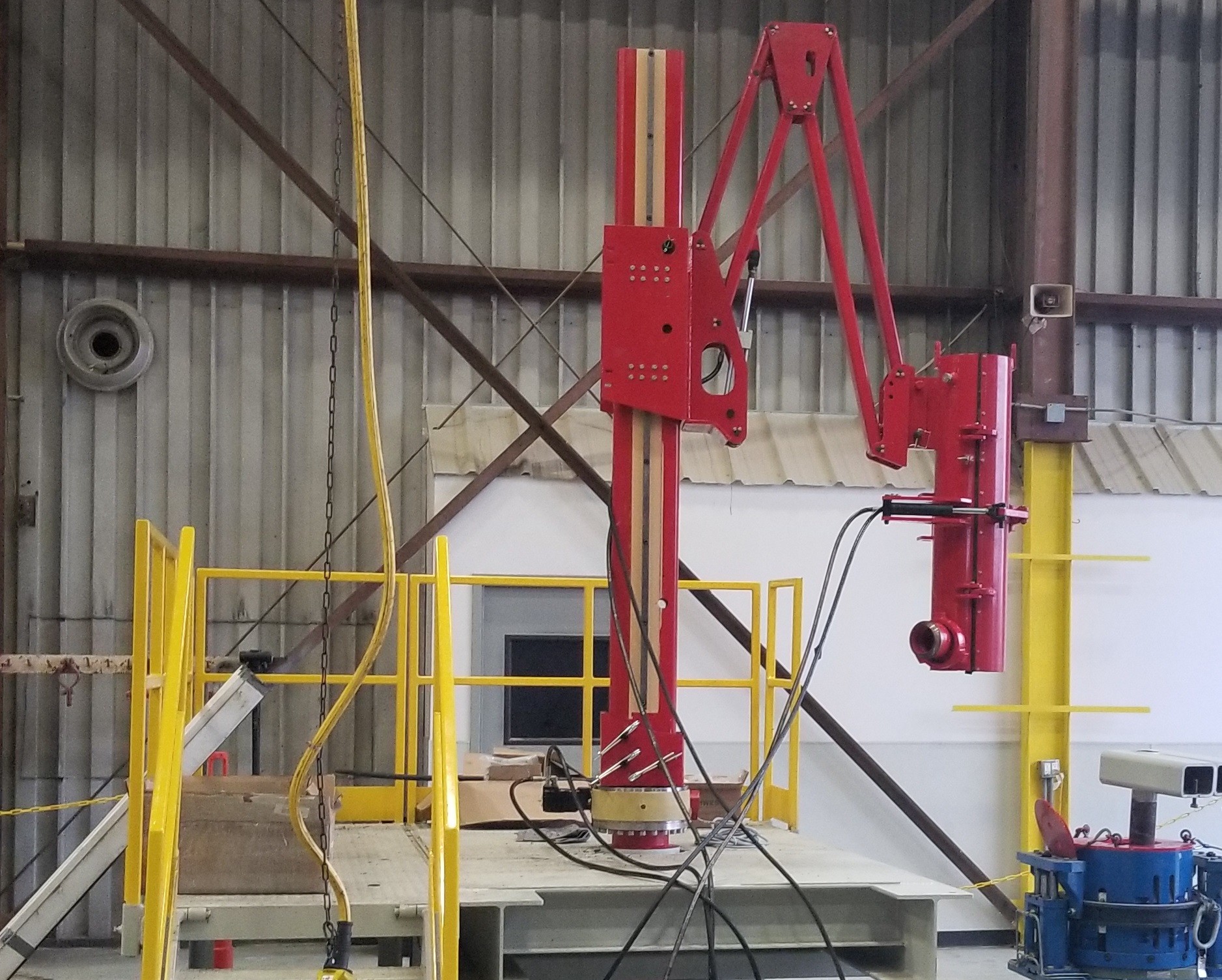
Space Industry
In 2021, I started working for Barrios Technology as a NASA contractor at Johnson Space Center. I worked in the Simulated Remote Workstation (SRWS) lab, testing design changes to the user interface for flying the Space Station Remote Manipulator System (SSRMS). I also worked for small space robotics startup where I contributed to software to interface with the Common Berthing Mechanism on a new commercial space station.
Current Projects
- ROS2 Unmanned Ground vehicle (UGV) - check out my Github for details
- Raspberry Pi Zero W flight logger for a 3-stage rocket
- Financial portfolio analysis app
Lifelong Learning
I graduated with my BS in 2017 after working in my career for 9 years. In 2022, I completed my MBA with a focus in Leadership. I am currently working on my Masters in Computer Science with a machine learning specialization at Rice University. I am also working on my Tensorflow and AWS Cloud Developer certifications.
Military Service
I joined the Army Reserves in 2001, shortly after 9/11. I served 2 tours in Iraq, my second as a Sergeant and assistant squad leader. As a 21W (Carpentry and Masonry Specialist), I was responsible for leading a team to complete a number of construction projects. I finished all of my projects early or on-time and received an Army Commendation Medal (ARCOM). I spent my last 3 years of service in the Rhode Island and Texas National Guard as an Infantryman in Long-range surveillance (LRS) units. LRS units were highly trained Airborne Ranger units, specializing in reconnaissance. LRS units started their history as LRRP and have a long and interesting past. All LRS units have been phased out and are no more.